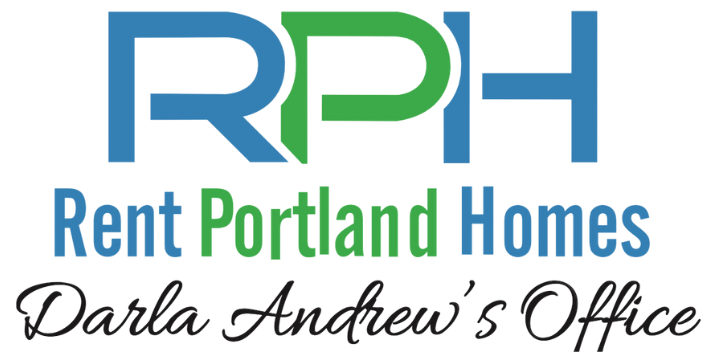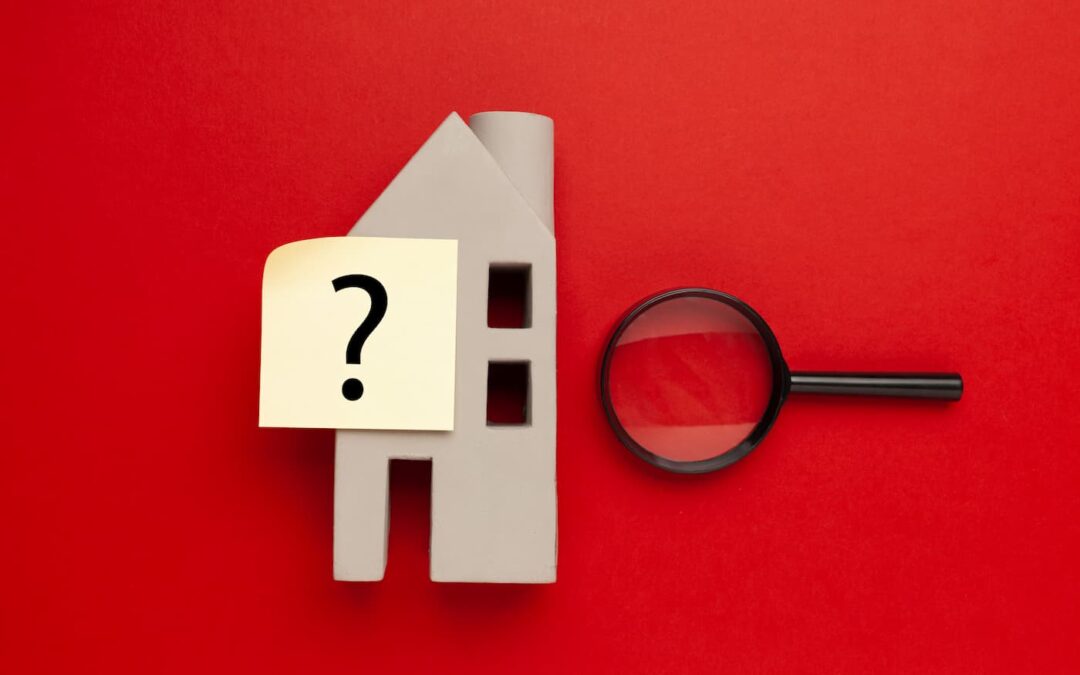Are you staying on top of your routine property maintenance? If not, there’s no time like the present to start. With a property inspection checklist, you can make the process easy. And if you wait too long to attend to regular maintenance, you might regret it. There’s no time like the present: Let’s dive into our property manager’s guide to inspections and the only comprehensive list you’ll need to get started today.
Why Are Property Inspections Important?
Routine property maintenance is the bread and butter of keeping your rental in top condition. With regular care, you can avoid a large number of severe issues with your property. But property inspections done right take time and effort, and busy self-managing landlords may struggle to stay on top of every routine inspection. As the missed inspections add up, so can the hidden problems lurking behind the walls, paint, and plaster of your rental’s surface.
Sometimes, we might figure that problems that remain out of sight can stay out of mind. However, the hidden issues often cost the most to repair, as they get worse and worse before we even know they’re there. Developing a comprehensive checklist before every inspection will help ensure you’re tracking the most critical issues every time.
Leaking Pipes
A leaky pipe might be an easy fix until it causes a mold problem that requires a specialist and a massive remodel to rectify. It’s far better to catch that pipe early on in an inspection and fix it with a few turns of a wrench.
Safety Issues
If a safety issue on your property causes a tenant or visitor to be injured, you may end up being liable for it. Part of your duty as a landlord is to inspect the property for potential hazards, so be sure to keep an eye out for loose railings, slippery surfaces, and other dangers.
Tenant Damage
It’s an unfortunate reality that tenants can sometimes do damage to your property. Often, this damage is inadvertent; other times, it may come from neglect or disrespect. Regular inspections show your tenants that you care about the state of your property and give you a chance to address any damage earlier in the lease before it has a chance to get worse.
Your Property Inspection Checklist
Without further ado, here’s a comprehensive checklist for your next property inspection.
Always Check:
Fire extinguishers and smoke alarms. Fire safety is a crucial part of maintaining your rental. Ensure that all fire extinguishers are inspected and up to code, that your unit has enough of them based on its size, and that smoke detectors are functioning and have new batteries.
Furnace filters. These filters should be replaced once every three months. If the filters look dirty, talk to your tenants about replacing them, or tackle the job yourself.
Roof/siding damage. Spring is a great time to inspect your rental’s roof and siding for damage accrued in the winter. Winter storms may cause leaks or damage that requires a speedy fix. You may also want to spot-inspect your roof and siding after a period of windy weather or other events that may cause damage.
Appliances. Look at your rental’s appliances and ensure they appear to be functioning and in good repair. If your tenants don’t mention they’re broken, you may find yourself with an expensive bill to replace them once they move out.
Carpets. If your rental has carpets, look for stains, burns, or other damage. The cost of fixing them may need to come out of your tenant’s security deposit.
Look For Signs Of:
Bugs/pests. Mice, insects, raccoons, and other pests can wreak havoc in your rental. They also make the unit less appealing to your tenants. Look for droppings, damage, and other signs of pests, and if necessary, call an exterminator.
Standing water. Our Portland winters bring lots of rain, and the exterior of your property can suffer if you don’t maintain good drainage. That, in time, can impact your building’s foundation, which is one of the most challenging issues to resolve. Plan on inspecting your property on a rainy day to check for signs of standing water.
Water damage. Inside the house, water damage is another huge problem. Check around sinks, toilets, faucets, and the roof for possible leaks, and inspect walls, ceilings, and floors for water damage.
Drafts. If you notice a chilly draft in the rental, it’s not just uncomfortable for your tenants. Drafts are a sign that your rental isn’t well insulated, which makes it less eco-friendly and cost-effective. It can also increase the likelihood of pests. Luckily, caulking is a great and easy way to address the issue.
Safety issues. As mentioned above, safety issues can embroil you in legal issues in addition to causing your tenants harm.
Neglect or disrepair. If tenants are allowing the rental to get dirty, neglected, or otherwise in poor condition, you’ll want to know about it sooner rather than later. Insufficient upkeep can quickly exacerbate many issues, and you may want to talk to your tenants about their responsibilities while they occupy your property.
Lease violations. Suppose your tenants have broken their lease to paint every room in the apartment orange. In that case, you’ll likely want to address that as quickly as possible and come to a resolution—whether it’s asking them to repaint before they leave or ensuring they understand their lease terms to avoid further mishaps.
Property Inspections Made Easy
A property inspection checklist done right should be comprehensive and never rushed. In addition, you should plan on inspecting your property multiple times a year, as well as before your tenants move in and as they move out. With so many inspections to take care of, self-managing landlords may quickly feel overwhelmed. Luckily, a property management company like Rent Portland Homes by Darla Andrew can happily help. With standardized and thorough inspection processes, we photographically document every aspect of your rental when your tenants move in so you never have to argue about whether the damage was preexisting. To learn more about what we can do for your rental, give us a call or text any time.


Recent Comments